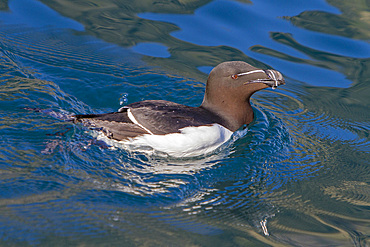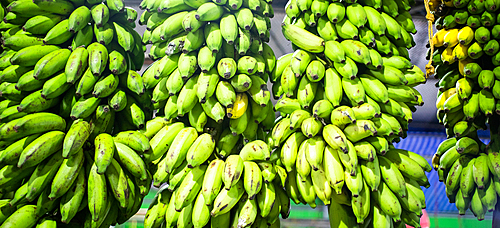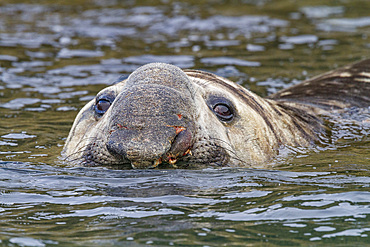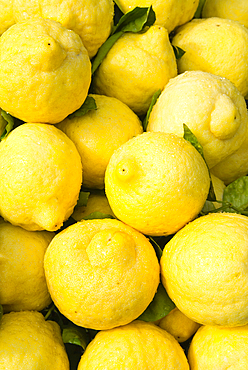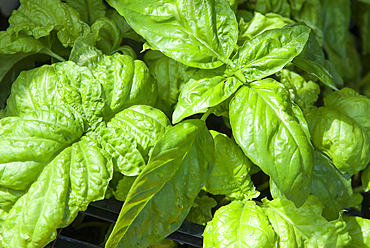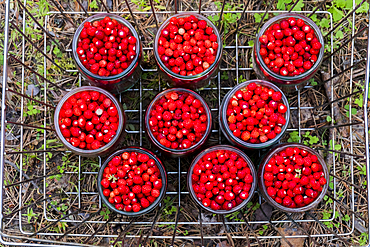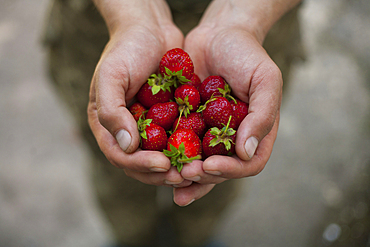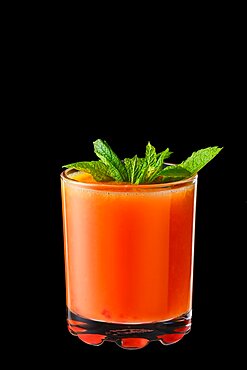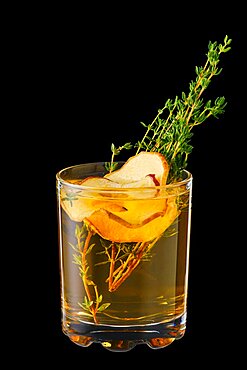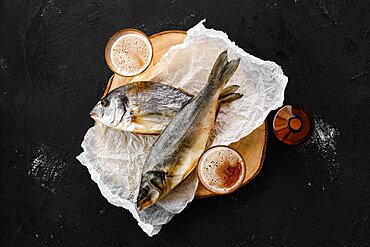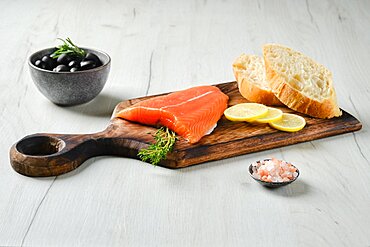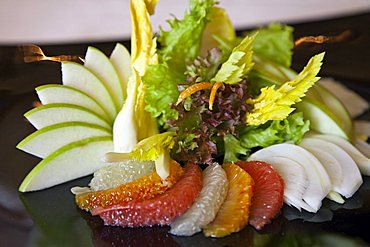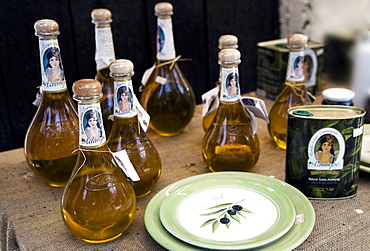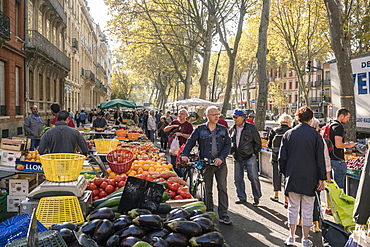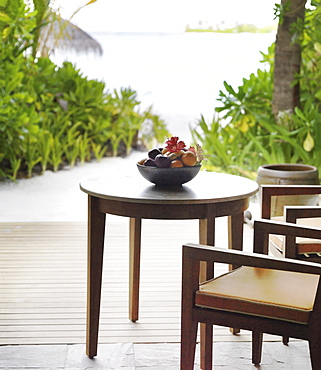Results
28 results found
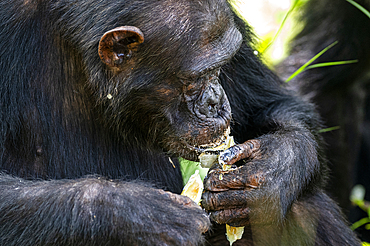
Chimpanzee (Pan troglodytes), Gombe Stream National Park, Lake Tanganyika, Tanzania, East Africa, Africa
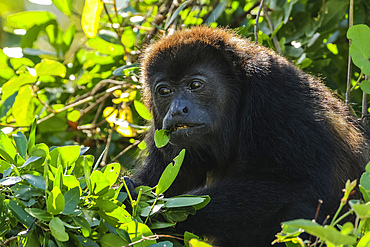
Female mantled howler monkey (Alouatta palliata) known for its loud call, eating in Pacific coast forest, Esperanza, Nosara, Guanacaste, Costa Rica
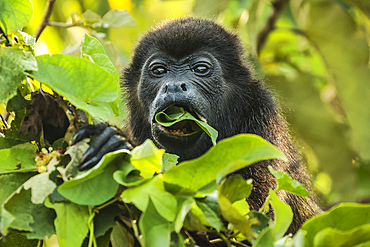
Female mantled howler monkey (Alouatta palliata) eating tree leaves in a north Pacific coast forest, Esperanza, Nosara, Guanacaste, Costa Rica
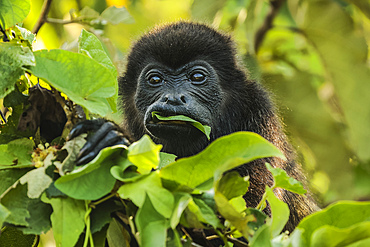
Female mantled howler monkey (Alouatta palliata) eating tree leaves in a north Pacific coast forest, Esperanza, Nosara, Guanacaste, Costa Rica
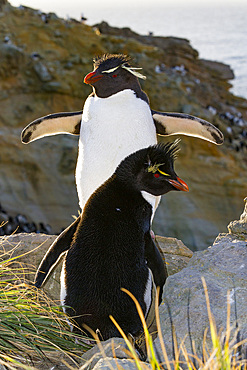
Adult rockhopper penguins (Eudyptes chrysocome chrysocome) at breeding and molting colony on New Island, Falkland Islands
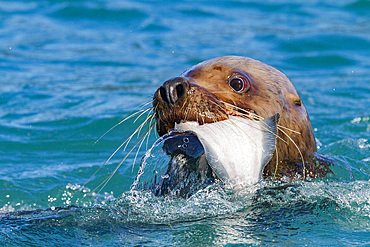
Northern (Steller) sea lion (Eumetopias jubatus) close-up eating a halibut in Southeastern Alaska, United States of America
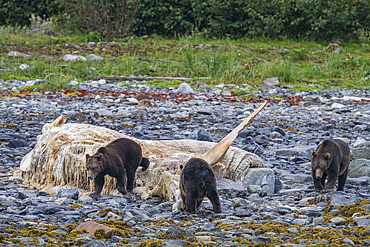
Adult brown bears (Ursus arctos) feeding on humpback whale carcass, Scidmore Cut, Glacier Bay National Park, Alaska, United States of America
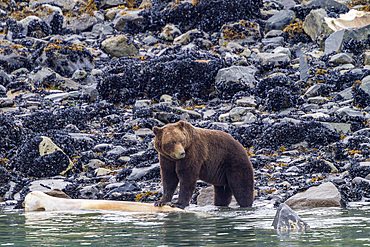
Adult brown bear (Ursus arctos) feeding on humpback whale carcass in Glacier Bay National Park, Alaska, United States of America
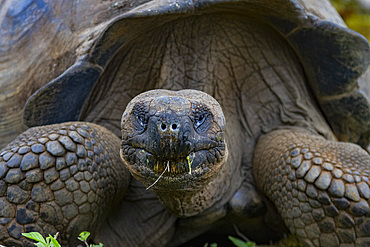
Wild Galapagos giant tortoise (Geochelone elephantopus) feeding on the upslope grasslands of Santa Cruz Island, Galapagos, UNESCO World Heritage Site, Ecuador, South America
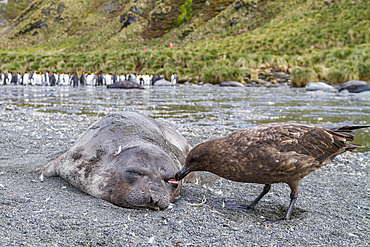
Dead southern elephant seal (Mirounga leonina) pup being eaten by an Antarctic skua on South Georgia Island, Southern Ocean
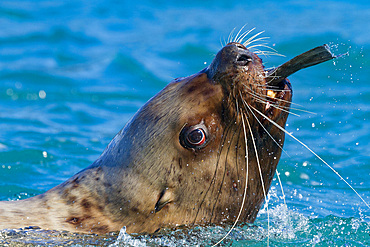
Northern (Steller) sea lion (Eumetopias jubatus) close-up eating a halibut in Southeastern Alaska, United States of America
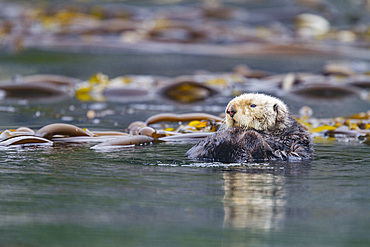
Adult sea otter (Enhydra lutris kenyoni) in kelp bed in Inian Pass, Southeastern Alaska, United States of America
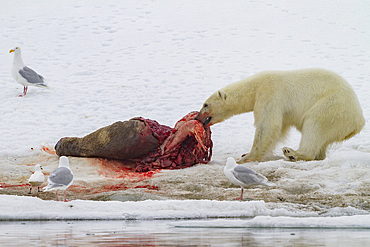
A young polar bear (Ursus maritimus) scavenging a fresh bearded seal kill recently vacated by old male that killed the seal, Svalbard, Norway
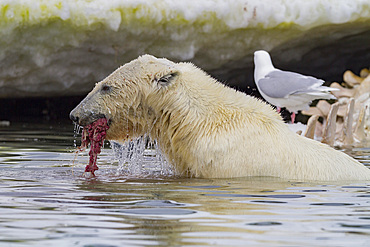
Young male polar bear (Ursus maritimus), feeding on a fin whale carcass in Holmabukta in the Svalbard Archipelago, Norway
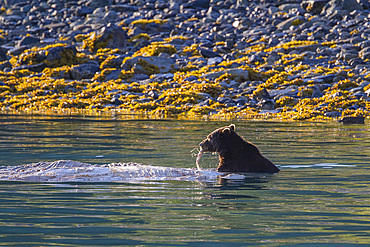
Adult brown bear (Ursus arctos) feeding on humpback whale carcass in Glacier Bay National Park, Alaska, United States of America

Adult brown bear (Ursus arctos) foraging for salmon at the Brooks River, Katmai National Park, Alaska, United States of America
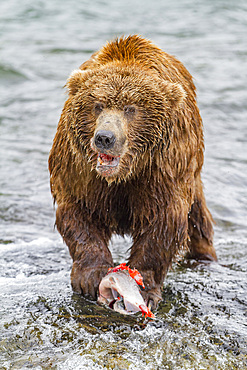
Adult brown bear (Ursus arctos) foraging for salmon at the Brooks River, Katmai National Park, Alaska, United States of America
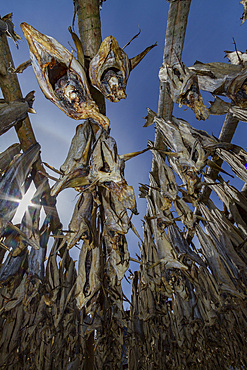
Cod drying on racks temporarily built for that purpose in the small fishing town of A in the Lofoten Island Group, Norway
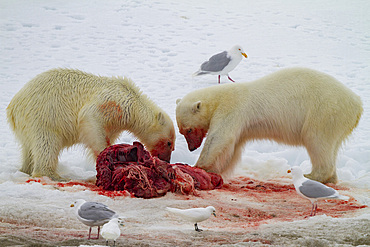
Two young polar bears (Ursus maritimus), feeding side-by-side on a fresh bearded seal kill on Spitsbergen, Svalbard, Norway
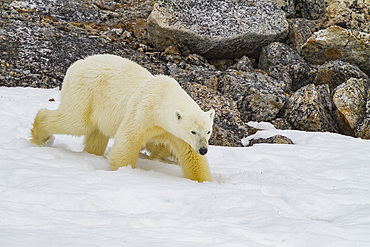
Adult male polar bear (Ursus maritimus) drawn to a fin whale carcass in Holmabukta in the Svalbard Archipelago, Norway
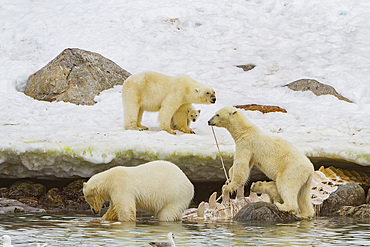
Two mother polar bears (Ursus maritimus) with cubs of the year watch a male bear feeding on a fin whale carcass in Svalbard, Norway
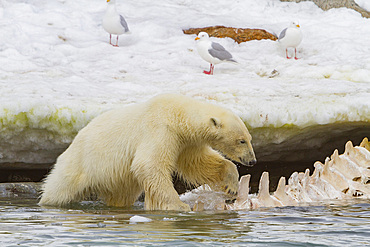
Young male polar bear (Ursus maritimus), feeding on a fin whale carcass in Holmabukta in the Svalbard Archipelago, Norway
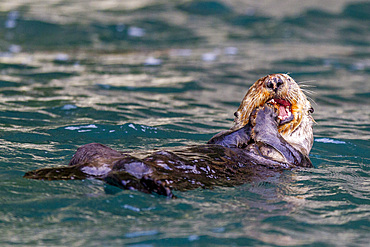
Adult female sea otter (Enhydra lutris kenyoni) eating urchins she has gathered off the sea floor in Inian Pass, Southeastern Alaska, Pacific Ocean, United States of America, North America
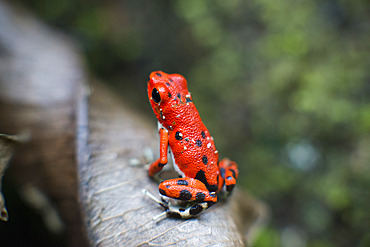
Strawberry Poison Frog (Dendrobates pumilio), adult, Bastimentos National Park, Bocas del Toro, Panama. The strawberry poison frog or strawberry poison-dart frog (Oophaga pumilio or Dendrobates pumilio) is a species of small amphibian poison dart frog found in Central America. It is common throughout its range, which extends from eastern central Nicaragua through Costa Rica and northwestern Panama. The species is often found in humid lowlands and premontane forest, but large populations are also found in disturbed areas such as plantations. The strawberry poison frog is perhaps most famous for its widespread variation in coloration, comprising approximately 15���30 color morphs, most of which are presumed to be true-breeding. O. pumilio, while not the most poisonous of the dendrobatids, is the most toxic member of its genus. The species is most diverse in Panama with varieties in vivid shades of all red, orange, blue, yellow or green, green and yellow, white with red, orange or black and spotted varieties. The most colorful mix is found in Isla Bastimentos Marine National Park though not all in one place. Colors vary by location. A beach on the north side of the island is named after the species. Two of Southern Explorations' Panama tours visit red frog habitat. Both the eight-day Panama Adventure trip and eleven-day Panama Highlights trip spend time in Isla Bastimentos Marine National Park and the former also goes to Red Frog Beach.
The red frog is not as poisonous as some of its cousins and is not a threat to humans. It subsists on a diet of ants that dine on poisonous plants, providing the red frog its protective skin toxin. Males attract females with a loud quick chirp. To hear the distinctive sound before you depart on your Panama tours, go to the University of Michigan Museum's biodiversity website (www.animaldiversity.ummz.umich.edu.) After birth, the tadpoles climb aboard the mother who deposits them in different protected areas where she retu
